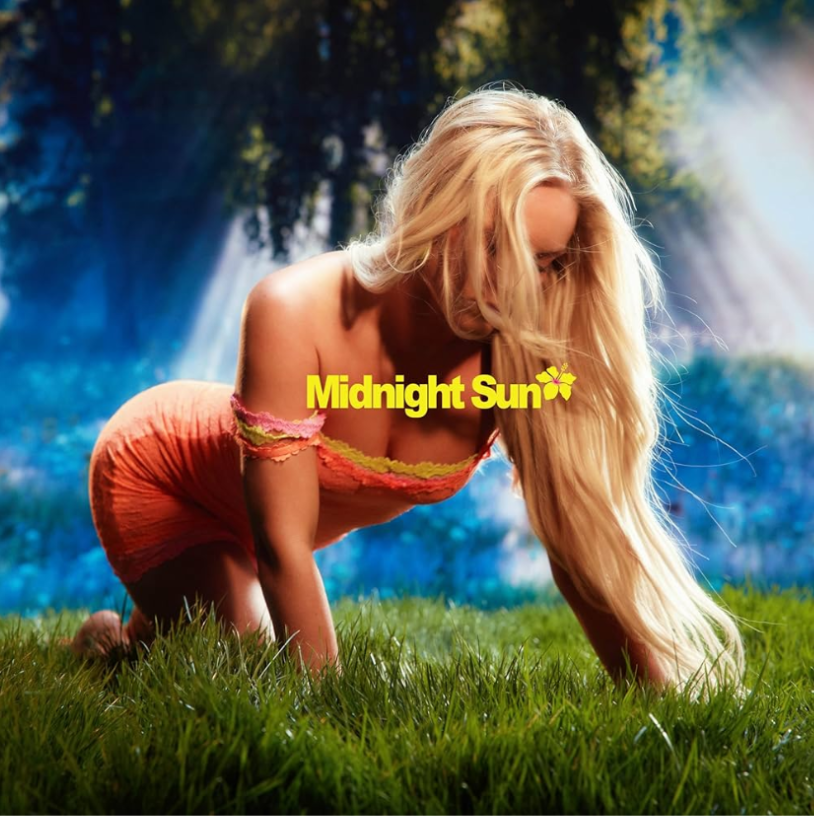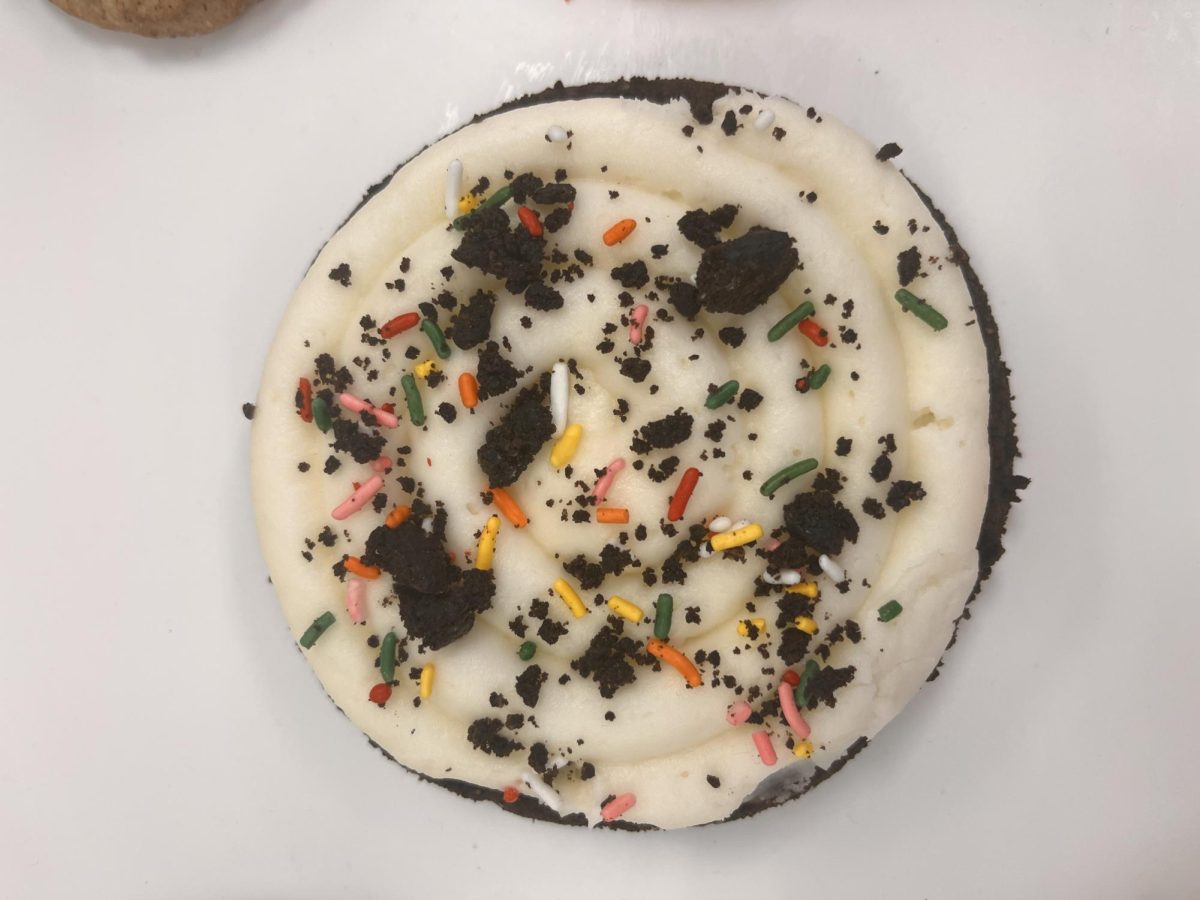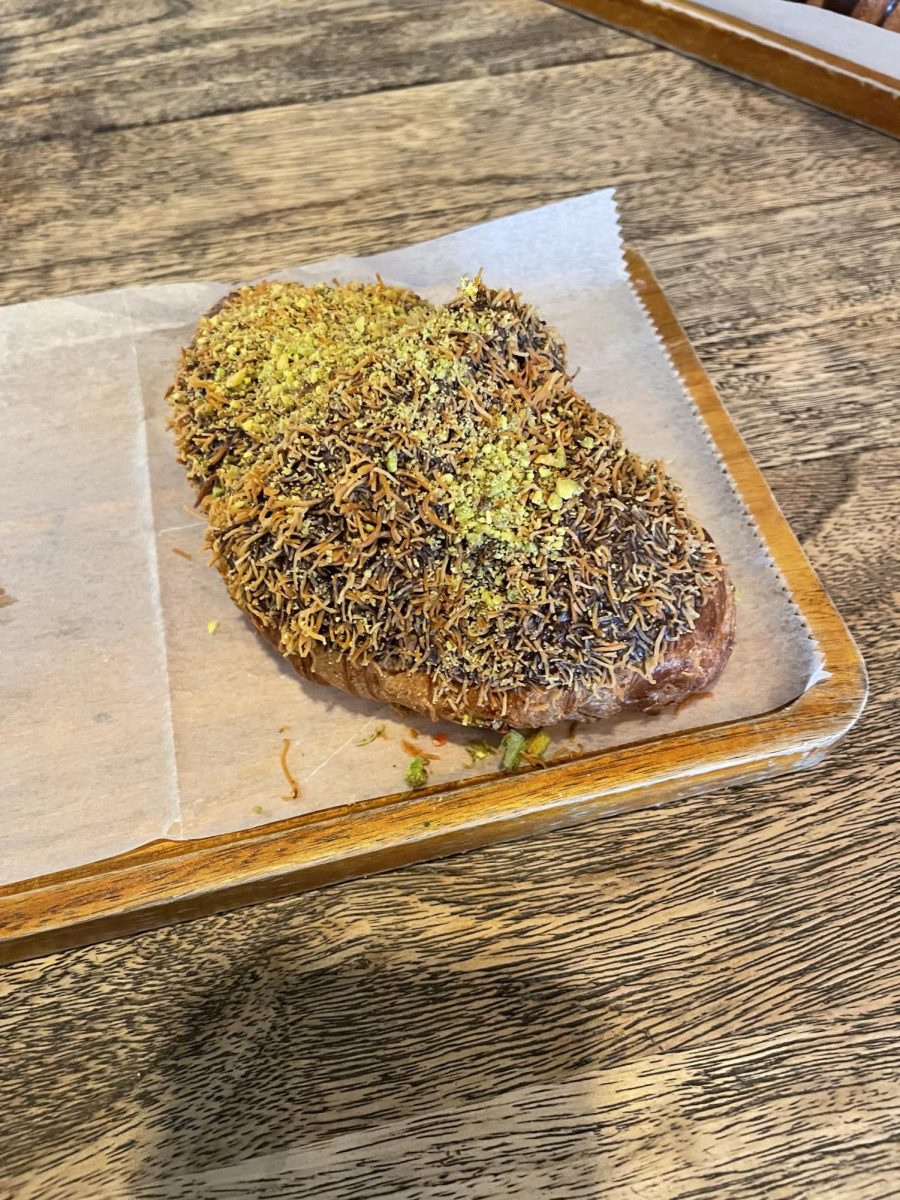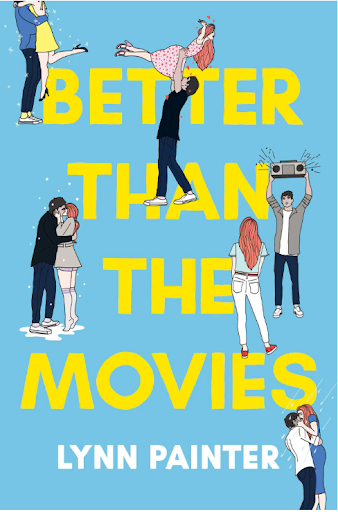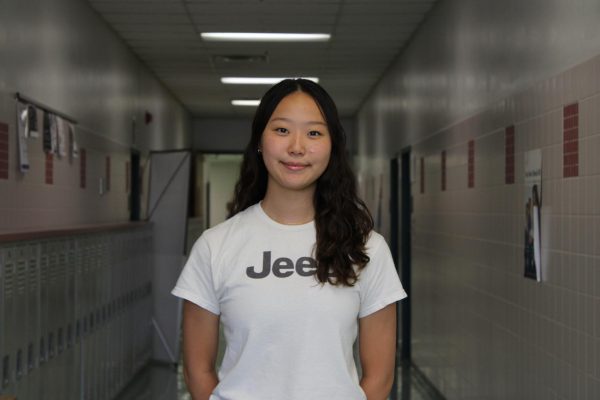
“Three…two…one…say cheese!” With a click, another memory is captured by lifting a pocket-sized digital camera to the eye and peering through the tiny viewfinder. However, this time, with adjusted settings, the picture has soft edges, a hint of graininess and a nostalgic warmth only compact digital cameras can capture.
The first ever digital camera, a bulky device with a resolution of just 0.01 megapixels, was created by Kodak in 1975. By 1995, compact, pocket-sized digital cameras, though not of the highest quality, became more mainstream, with Casio introducing the QV-10 and Kodak releasing the DC20. As a result, the early 2000s marked the golden age of compact digital cameras as the models became increasingly advanced, offering higher resolutions, optical zoom and built-in flash.
“There is so much in-house creativity with a camera,” art teacher Betty Simmons said. “What’s cool about rangefinder digital cameras is that they have all different kinds of settings, like flash and lighting, that you wouldn’t have on your phone.”
After peaking in the early 2000s, digital cameras saw a decline with the rise of smartphones, which offered built-in cameras for instant sharing. But now, digital cameras are making a comeback, trending on social media platforms, with TikTok having 339,000 posts and Instagram having 495,000 posts under #digitalcamera. From influencers posting digital camera photos on their Instagram feed to people recommending digital cameras to purchase on TikTok, the digital camera craze has returned.

“At a certain point, I saw all my friends posting pictures taken on digital cameras on Instagram, and now, it’s rare to find someone without a digital camera,” junior Ashley Cho said. “The warm undertone and the slight blur from the digital camera makes the photos look more vintage and I use flash more often when taking pictures with a digital camera than my phone.”
Not all digital cameras come with the vintage vibe. Although it differs for every compact digital camera, one usually has to adjust different settings, such as tone and focus, to get the old camera or vintage look. To take on the new trend, students often use their parents’ old digital cameras. When purchasing, however, the price of old compact digital cameras can range from $100 to $2000, suggesting less student-friendly prices.
“I use the digital camera my mom used a long time ago, but I know some people buy from resale or just online for extreme prices,” junior Hee Theng Chong said. “I definitely was influenced by social media to start using my mom’s digital camera, and I think I’ve gotten to explore a new side of photography with using flash and different tones.”
Whether it’s the influence of social media or simply a desire to capture moments in a more intentional way, the resurgence of digital cameras has sparked a renewed appreciation for photography. Digital cameras offer manual controls for settings like shutter speed and aperture. Unlike phone cameras, they require users to focus on composition and adjust settings for greater creative control, resulting in higher-quality images.
“Either it’s from social media or scrolling on your phone, I think anything that brings awareness to photography is awesome, especially because many tend to forget the charm of it,” Simmons said.


